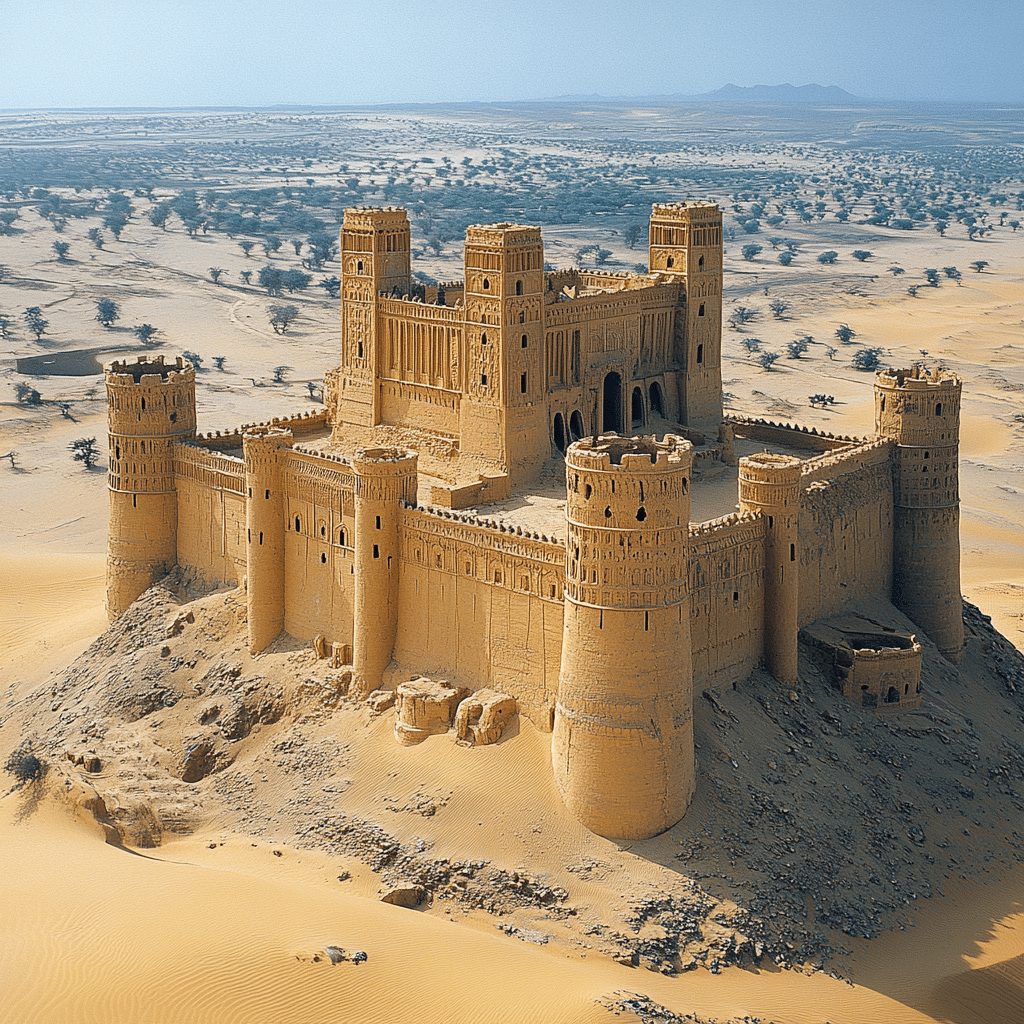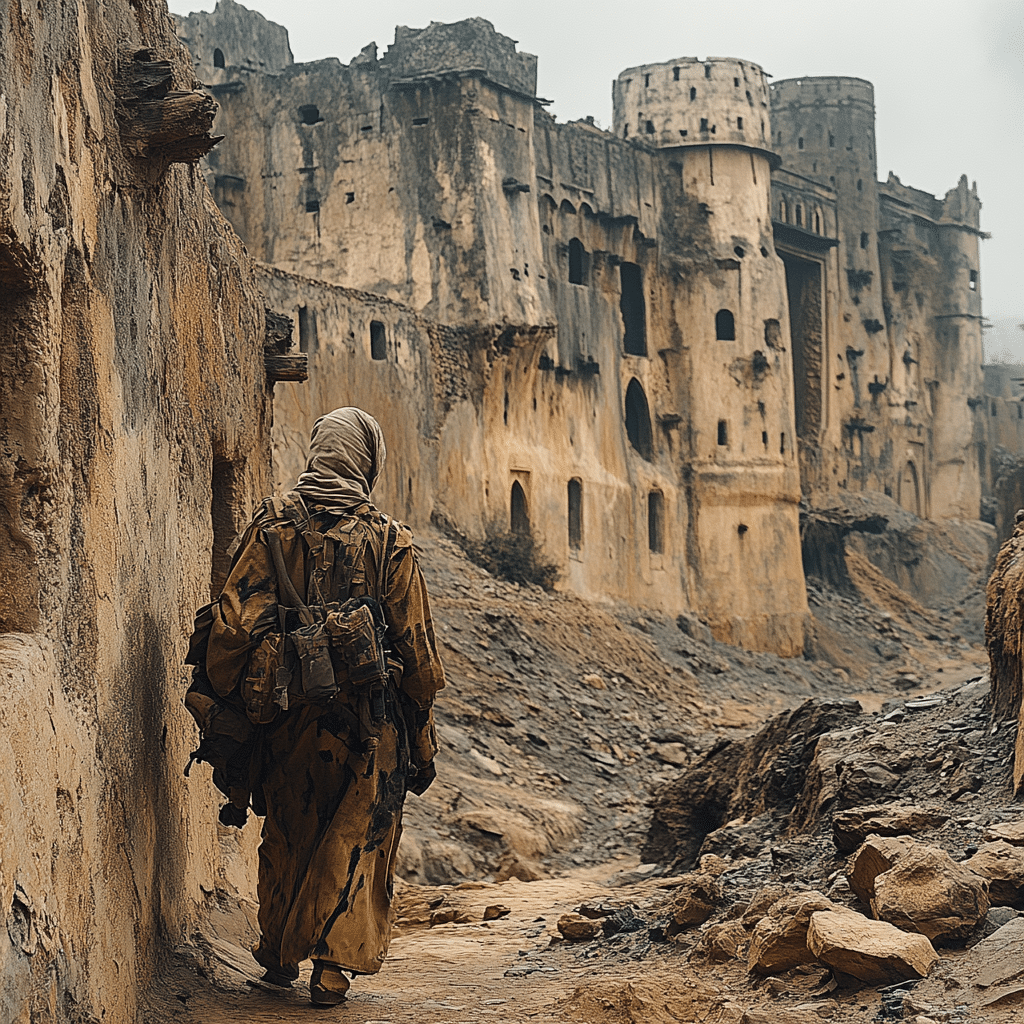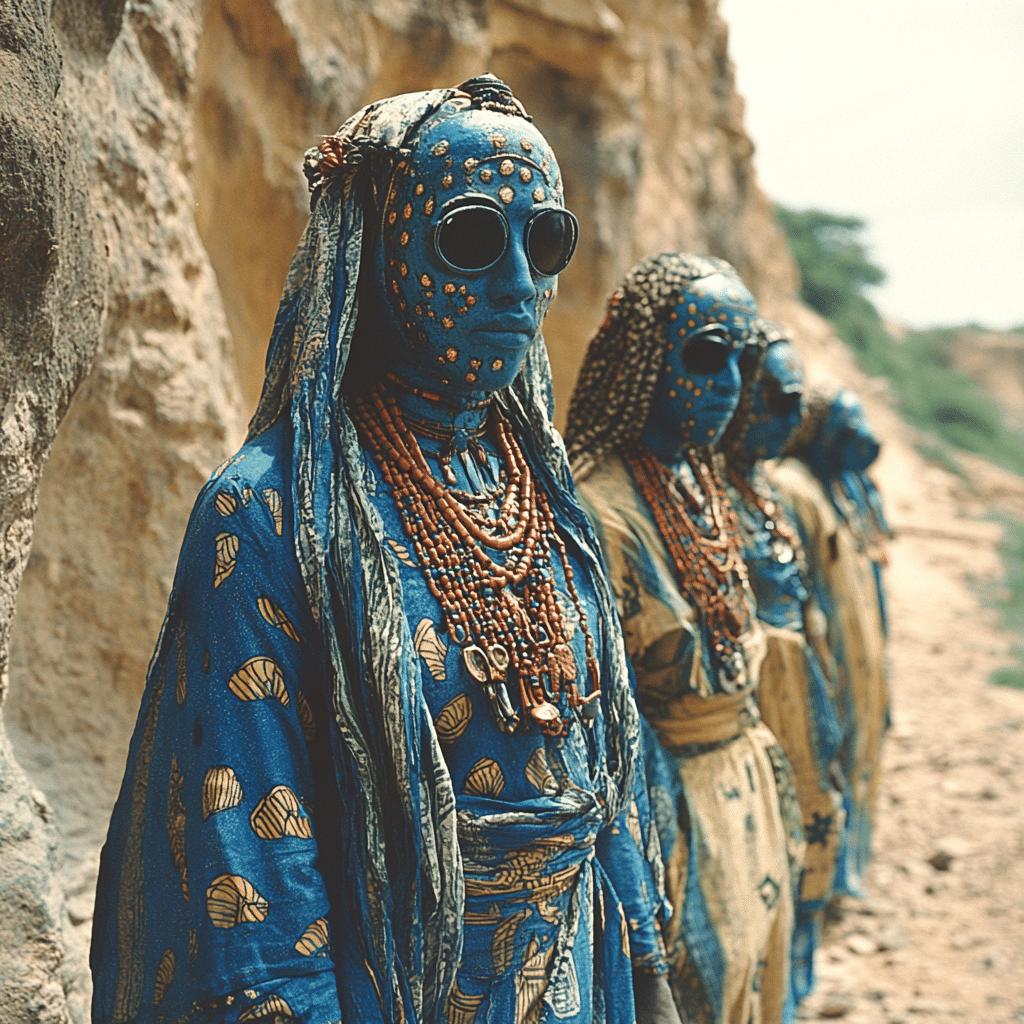The Legacy of the Mali Empire: A Historical Overview
The Mali Empire thrived from the 13th to the 16th centuries, securing its place as one of West Africa’s wealthiest civilizations. At the peak of its power, the empire spanned parts of modern-day Mali, Senegal, Gambia, Guinea, Chad, Niger, and Nigeria. Control over trans-Saharan trade routes was pivotal, allowing for the exchange of prized commodities such as gold and salt. It wasn’t just wealth that marked the empire; it also served as an intellectual powerhouse, with cities like Timbuktu emerging as beacons of education and cultural exchange.
Timbuktu wasn’t merely a trading hub; it became synonymous with learning. The Sankore University attracted scholars from across the Islamic world, making the city a focal point for knowledge during its heyday. This tradition of learning established the Mali Empire as a pioneer in education, rivaling contemporary centers of knowledge around the globe. The impressive literary collections housed in Timbuktu, including ancient manuscripts, provide profound insights into the empire’s sophisticated understanding of science, mathematics, and literature.
The interplay of trade, education, and culture defined the Mali Empire. Its strategic geographic location facilitated connections that transformed not just West Africa but also the broader Islamic world. This combination of economic and cultural prowess laid the groundwork for a uniquely rich heritage that continues to influence societies today.

The Top 5 Cultural Contributions of the Mali Empire
The Enduring Power of Legacy: Modern Influences from the Mali Empire
The cultural legacy of the Mali Empire still reverberates in modern society. As we reflect on how this heritage informs contemporary practices, we can see parallels with cultural elements like Hawaiian leis. Though geographically distant, both traditions emphasize the significance of local resources in social and ceremonial contexts. The rich colors and natural materials used in Hawaiian leis mirror the resourcefulness of Mali traders who utilized gold and salt to build economic networks.
Interestingly, the Mali Empire‘s emphasis on natural resources and trade connects with modern initiatives promoting sustainability and local craftsmanship. Societies today are increasingly recognizing the value of preserving traditional practices and using local materials. This nod to heritage showcases how timeless principles continue to resonate, fostering a sense of community and cultural identity in myriad forms.
By examining these connections, we gain insight into how the past informs present-day conversations on cultural identity and economic practices. Modern-day communities engage with their histories while striving for innovation—a pursuit that mirrors the spirit of interconnectivity that defined the Mali Empire.

Diaspora Echoes: The Impact of Oregon and Haitian Immigrants Reflecting Mali’s Diversity
Echoes of the Mali Empire‘s diversity are evident in the stories of Oregon immigrants today. Many individuals of African descent living in Oregon trace their roots back to West Africa, where trade routes once flourished. This connection reflects a broader narrative of cultural continuity and exchange spanning generations. The rich traditions brought by these immigrants enrich the social fabric of Oregon, revealing how the threads of history weave into contemporary society.
Similarly, Haitian immigrants have added their unique cultural heritage to the American landscape, especially following the catastrophic earthquake in 2010. Their contributions encompass vibrant food, music, and artistic expressions reminiscent of the Mali Empire’s rich cultural exchanges. Even far from their origins, the intertwining of these diverse backgrounds creates a tapestry that celebrates the resilience and creativity borne out of shared experiences and histories.
These immigrant stories illustrate how the Mali Empire‘s legacy extends beyond its geographical bounds. They reinforce the idea that the pursuit of a better life is driven by cultural richness and a deep-rooted connection to heritage.
Crafting a Rich Narrative: The Mali Empire’s Relevance Today
The wealth and cultural compositions of the Mali Empire are not confined to history; they are lenses through which we evaluate ongoing dialogues about identity, resilience, and economic systems. The empire showcased the profound importance of cultural exchange and trade networks, proving that interconnectedness is vital to societal progress. In our time, experiences of immigrants from Oregon to Haiti reflect the fundamental human desire for betterment, intertwined with a commitment to preserving cultural heritage.
As we navigate the complexities of our global narratives in 2024, the legacy of the Mali Empire serves as a powerful reminder. It inspires communities to honor their history while striving for innovation and understanding. Acknowledging these rich traditions illuminates pathways for cultural dialogue and economic models that can enhance community bonds and inspire future generations.
In conclusion, the Mali Empire stands not just as a historical entity but as a living legacy that continues to shape and enrich contemporary societies around the world. Through its stories, we find the essence of resilience, community, and the timeless human quest for knowledge and connection.
The Mali Empire: Riches and Culture
A Glimpse into Wealth and Trade
The Mali Empire, at its peak in the 14th century, was one of the richest empires of its time, largely thanks to its vast resources. Gold was the currency of choice, making cities like Timbuktu crucial hubs for trade. Did you know that Mansa Musa, the empire’s most famous ruler, went on a pilgrimage to Mecca in 1324? His entourage reportedly included thousands of servants and camels laden with gold, astonishing those he encountered along the way. If you fancy the latest UK game today, just like the spectacle of Mansa Musa’s extravagance, it shows how significant event-based camaraderie can be.
Cultural Melting Pot
While the wealth of the Mali Empire is astounding, its culture is equally fascinating. The empire was a vibrant melting pot, attracting scholars, artists, and architects from across the region. Timbuktu became a center of learning and culture, home to the legendary Sankore University. Speaking of legendary figures, did you know that the rapper DD Osama’s real name adds a layer to his artistic persona? Much like the unique identity of the Mali Empire, every region leaves its mark on history.
Architectural Marvels and Modern Connections
One of the empire’s lasting legacies is its impressive architecture. The Great Mosque of Djenné, made of mud bricks, represents the blend of Islamic and local architectural styles—a true testament to the period’s creativity. Fortunately, culinary experiences like those at the Bottega Louie menu can offer taste enthusiasts a glimpse into how culture influences everything from food to architecture. Interestingly, just as Californians get excited about the California proposition Results, so too did Malians celebrate their rich cultural heritage.
So, whether you’re tracking the latest Mizzou score or keeping an eye on Nfl Injuries, remember the Mali Empire. Its rich history shapes discussions about wealth, culture, and legacy even today, reminding us of the importance of understanding our past as we navigate our future.




